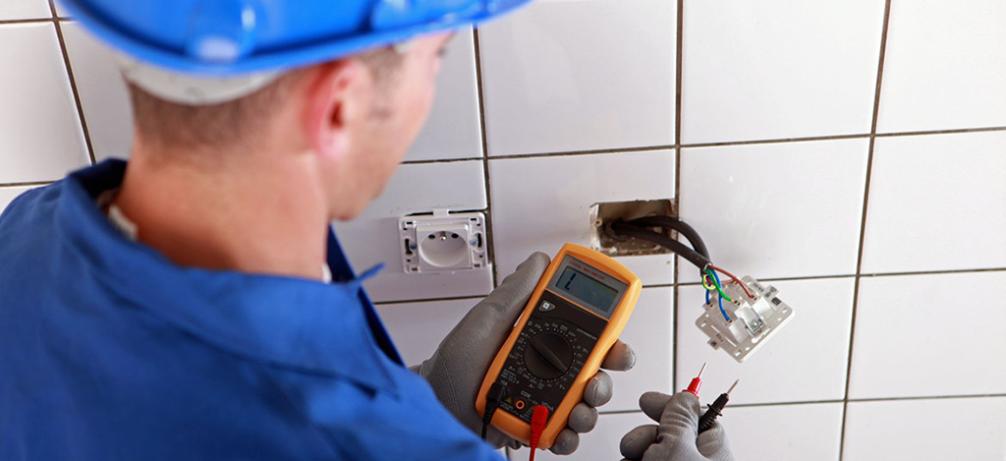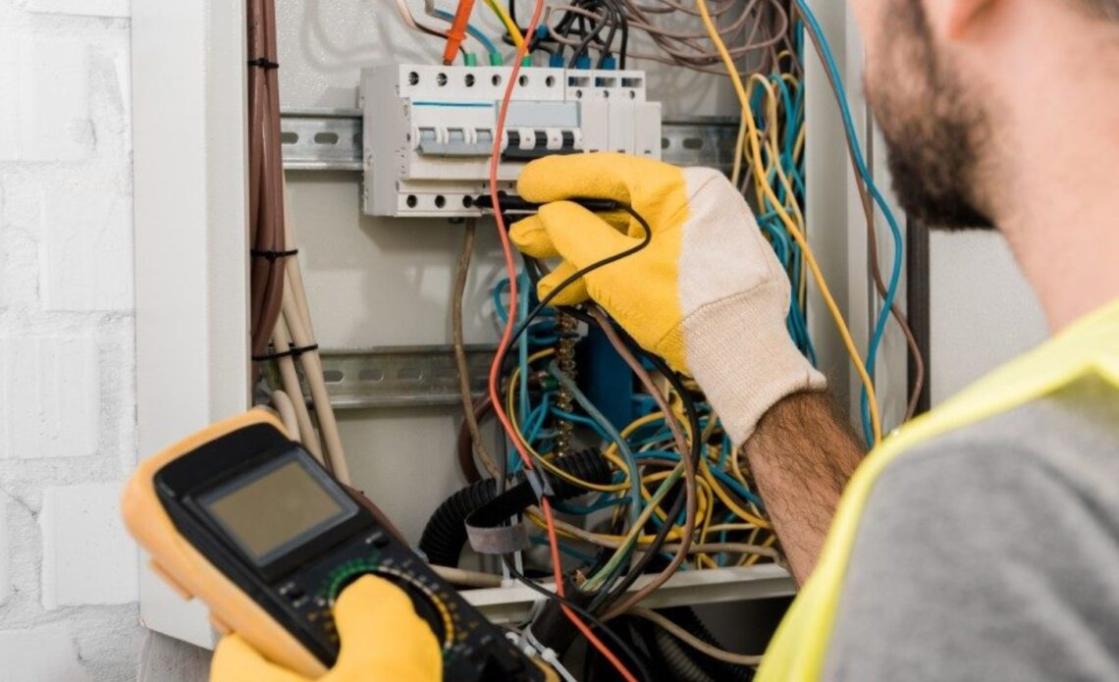What Are Some Resources for Electrical Safety in Schools?
Electricity is an essential part of our modern world, powering everything from lights and computers to heating and cooling systems. However, when not properly managed, electricity can pose serious hazards, especially in schools where children and young adults are present. This article explores the importance of electrical safety in schools, potential hazards and risks associated with electricity, legal and regulatory requirements, and provides a comprehensive list of resources for electrical safety in schools.

Importance Of Electrical Safety In Schools
Electrical safety in schools is of paramount importance for several reasons. First and foremost, it helps protect students, staff, and visitors from electrical hazards, such as shocks, burns, and electrocution. A safe electrical environment minimizes the risk of accidents and injuries, ensuring a conducive learning and working environment.
Moreover, electrical safety plays a crucial role in preventing fires. Faulty electrical systems, overloaded circuits, and improper wiring can lead to electrical fires, causing extensive damage to school property and posing a significant safety risk. By implementing proper electrical safety measures, schools can significantly reduce the likelihood of electrical fires.
Potential Hazards And Risks Associated With Electricity

Electricity can pose various hazards and risks in schools, including:
- Electrical shocks: Contact with live electrical wires or components can result in electrical shocks, ranging from mild tingling sensations to severe injuries or even death.
- Burns: Electrical arcs or sparks can cause severe burns, especially if they come into contact with skin or clothing.
- Electrocution: Exposure to high levels of electricity can lead to electrocution, which can be fatal.
- Electrical fires: Faulty electrical systems, overloaded circuits, and improper wiring can cause electrical fires, resulting in extensive damage and posing a significant safety risk.
Legal And Regulatory Requirements For Electrical Safety
There are several legal and regulatory requirements for electrical safety in schools. These requirements are designed to ensure that schools provide a safe electrical environment for students, staff, and visitors. Some of the key legal and regulatory requirements include:
- National Electrical Code (NEC): The NEC is a set of standards and regulations for the safe installation and maintenance of electrical systems. Schools must comply with the NEC to ensure the safety of their electrical systems.
- Occupational Safety and Health Administration (OSHA): OSHA is a federal agency responsible for ensuring workplace safety. OSHA has several regulations related to electrical safety, including requirements for electrical equipment maintenance, training, and emergency response plans.
- State and local regulations: Many states and localities have their own electrical safety regulations that schools must comply with. These regulations may vary from state to state, so it is important for schools to be aware of the specific requirements in their jurisdiction.
Resources For Electrical Safety In Schools

There are numerous resources available to help schools ensure electrical safety. These resources include:
National Fire Protection Association (NFPA)
- NFPA 70E: Standard for Electrical Safety in the Workplace
- NFPA 70B: Recommended Practice for Electrical Equipment Maintenance
Occupational Safety And Health Administration (OSHA)
- OSHA 29 CFR 1910.303: Electrical, General Requirements
- OSHA 29 CFR 1910.333: Selection and Use of Work Practices
Institute Of Electrical And Electronics Engineers (IEEE)
- IEEE 1100: Recommended Practice for Powering and Grounding Sensitive Electronic Equipment
- IEEE 1584: Guide for Performing Arc Flash Hazard Calculations
Electrical Safety Programs And Training
Comprehensive electrical safety programs are essential for schools to ensure the safety of students, staff, and visitors. These programs should include:
- Hazard identification and risk assessment: Schools should identify potential electrical hazards and assess the risks associated with those hazards.
- Safe work practices and procedures: Schools should develop and implement safe work practices and procedures for electrical work.
- Training and education: Schools should provide training and education to staff and students on electrical safety.
- Inspection and maintenance: Schools should regularly inspect and maintain their electrical systems.
- Emergency response plans: Schools should develop and implement emergency response plans for electrical accidents.
There are several resources available to help schools develop and implement electrical safety programs, including:
- OSHA's Electrical Safety Training Program
- NFPA's Electrical Safety Training Programs
- IEEE's Electrical Safety Training Programs
Electrical Safety Inspections And Maintenance
Regular electrical inspections and maintenance are essential for ensuring electrical safety in schools. Inspections should be conducted by qualified electricians and should include:
- Visual inspections: Visual inspections should be conducted to identify any visible signs of damage or deterioration to electrical equipment.
- Infrared thermography inspections: Infrared thermography inspections can be used to identify hot spots in electrical systems, which may indicate potential problems.
- Electrical testing: Electrical testing can be used to verify the proper functioning of electrical equipment and to identify any potential hazards.
Maintenance procedures should be conducted to correct any identified problems and to ensure the safe operation of electrical systems. Maintenance procedures may include:
- Cleaning and tightening connections: Cleaning and tightening connections can help to prevent arcing and overheating.
- Replacing faulty components: Faulty components should be replaced immediately to prevent potential hazards.
- Updating electrical systems: Electrical systems should be updated regularly to ensure that they meet current safety standards.
Summary Of Key Resources For Electrical Safety In Schools
The following is a summary of key resources for electrical safety in schools:
- National Fire Protection Association (NFPA)
- Occupational Safety and Health Administration (OSHA)
- Institute of Electrical and Electronics Engineers (IEEE)
- OSHA's Electrical Safety Training Program
- NFPA's Electrical Safety Training Programs
- IEEE's Electrical Safety Training Programs
Importance Of Ongoing Commitment To Electrical Safety
Electrical safety is an ongoing process that requires a commitment from all stakeholders, including school administrators, staff, students, and parents. By implementing comprehensive electrical safety programs, conducting regular inspections and maintenance, and providing training and education, schools can create a safe electrical environment for everyone.
YesNo

Leave a Reply